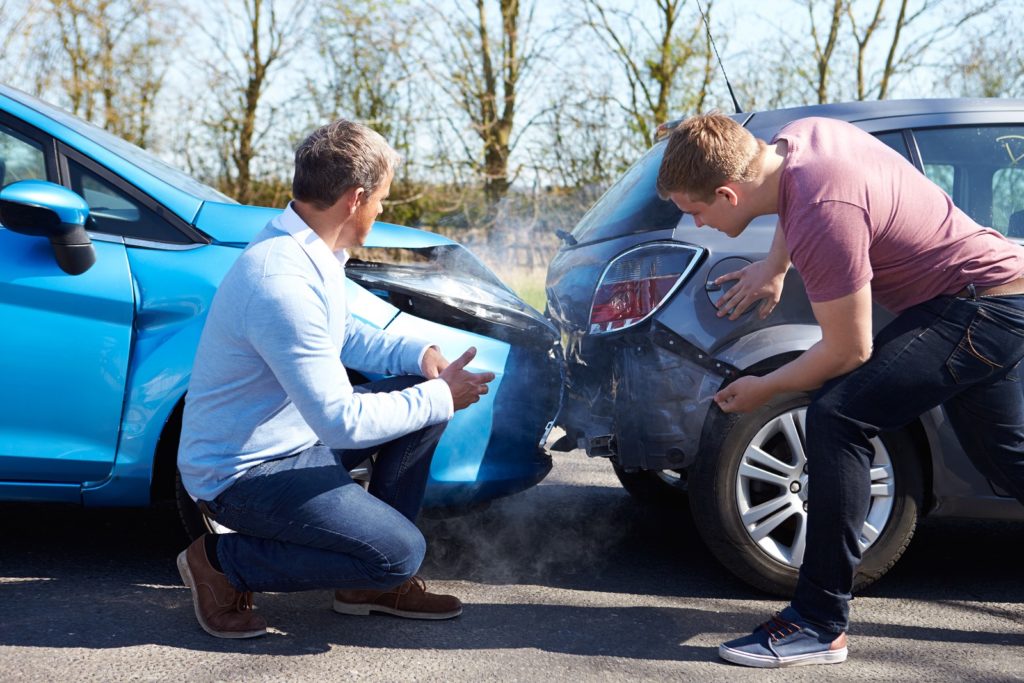Long Island Personal Injury Lawyers: Rear-end Crash— Who’s to Blame?
Conventional wisdom dictates that when it comes to rear-end collisions, the tailing driver is always to blame. This is mainly due to the assured clear distance ahead (ACDA) rule that requires a driver to maintain a clear distance with the vehicle in front of him to avoid a crash should the said vehicle comes to a halt. This is why he is expected to come up with a reasonable excuse why he rear-ended the front vehicle.
Although most people believe that the analysis of a rear-end collision ends there, there are many ways this can be challenged, which often results in shared fault. Here are some excuses that have been accepted by courts:
- When the front vehicle comes to a sudden, abrupt halt for no acceptable reason
- The rear driver faced an emergency situation that left him no adequate time or options to avoid rear-ending the front vehicle
- The forward driver puts his car in reverse to back out of the intersection during a red light and end up hitting the car following him
- The driver of the car behind was unable to avoid rear-ending the front vehicle because of the road condition, even if he took reasonable caution
The “swoop-and-squat” scheme
The “swoop-and-squat” scheme is a type of vehicle insurance fraud that involves three vehicles, one of which is driven by the victim. It’s an orchestrated accident where one car (squat) suddenly swerves in front of the target, not leaving enough room for him to stop. The other car (swoop) pulls up alongside the target so it won’t be able to move to another lane. As the target car is already boxed in, the squat car stops, resulting in a rear-end crash. The swoop car is usually never seen again and the driver of the squat car submits vehicle damage and personal injury claims to the insurer of the victim. Since it’s a planned accident, bodily injuries are usually not that severe and mostly fabricated.
Shifting blame
There are also instances when the accident may not solely be due to a driving mistake but to other factors like defective car parts. In such instances, a knowledgeable Long Island personal injury lawyer explains that liability may be shared with the manufacturer or other parties more at fault for the accident.
Rear-end collision liability issues can be complex, particularly in chain collisions. The cost of liability may also be greater depending on the value of the vehicles, material damage and the injuries sustained by the drivers. If you’re involved in a rear-end collision, Long Island personal injury lawyers from firms like The Law Offices of Joseph M. Lichtenstein, can help you navigate each step of the insurance claiming process or lawsuit.
Source: In New York, who is responsible for a rear-end crash? Ask Super Lawyers
Source: In a Rear End Collision, Is the Guy in the Back Always at Fault, HG.org

